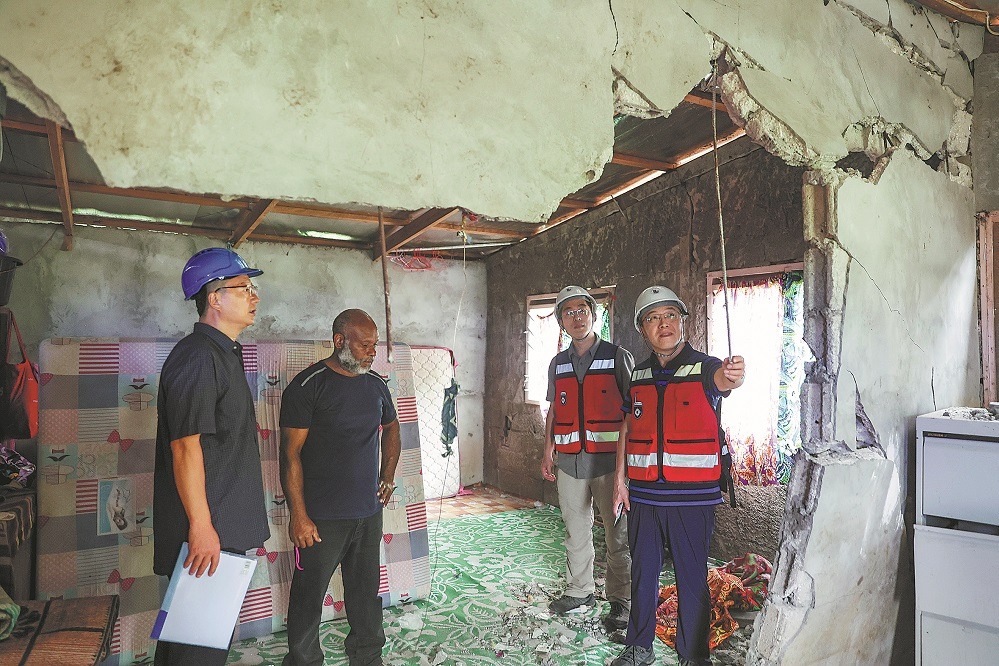Deadly storms, slides plague provinces
By China Daily | China Daily | Updated: 2017-08-09 08:19
 |
| Rescue teams clean up an area that was buried by a mudslide in Puge, Sichuan province, on Tuesday. The slide had claimed 24 lives as of Tuesday night. In Gansu province, slides were responsible for at least seven deaths. [Photo/Xinhua] |
Two mudslides killed at least 31 people, with four still missing, on Tuesday after downpours in two provinces, authorities said.
Rainfall from Monday to Tuesday caused slides in Gengdi village of Puge county, Sichuan province. As of 6 pm Tuesday, rescuers had saved one person from the debris, but 24 were found dead. Four people were injured and one other remained missing, according to the local government.
The mountain floods also damaged 5 kilometers of road and five bridges, and inundated about 12 hectares of farmland.
Direct economic losses from the disaster, which affected 577 people from 157 households, was estimated to be 160 million yuan ($23.5 million), it said.
The Sichuan weather observatory said more heavy rainfall is expected in some areas of the province, which may lead to more disasters.
In Gansu province, downpours from Sunday evening to Monday morning triggered mudslides in three townships in Wenxian county. Some houses were swept away, and water and power supplies, telecommunications and traffic in some villages were disrupted, local authorities said in a statement.
Rescuers have found seven bodies. Two people were still missing, while nearly 1,000 had been transferred to safe areas as of Tuesday morning, it said.
Zhang Jiatuan, spokesman for the State Flood Control and Drought Relief Headquarters, said in late June that casualties from mountain flood disasters, including mudslides, had been reduced substantially thanks to the national warning system set up by the government.
From 2010 to 2016, China developed monitoring and warning systems for mountain flood disasters in 2,058 counties, he said.
Around 1,300 people per year, on average, died in mountain flood disasters from 2006 to 2010. After the warning system was developed, the average annual death toll decreased to 400(2011-15).
About 75,000 precipitation and water-level monitoring stations have been established, and more than 1.4 million alarm facilities have been put into operation, he said.
He added, however, that some of the facilities had been damaged in natural disasters and needed to be replaced. Moreover, the system doesn't yet cover all villages.
"In some areas, local governments are short of funds to maintain these facilities," he said.
























